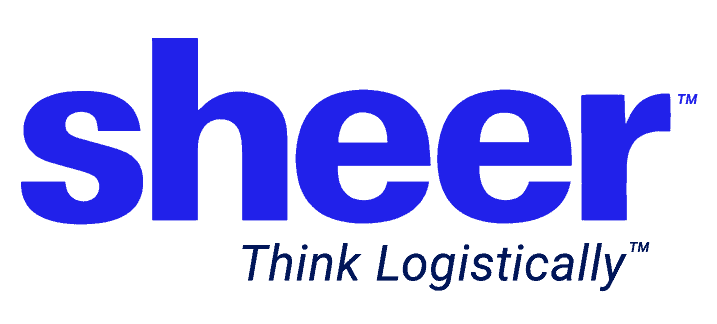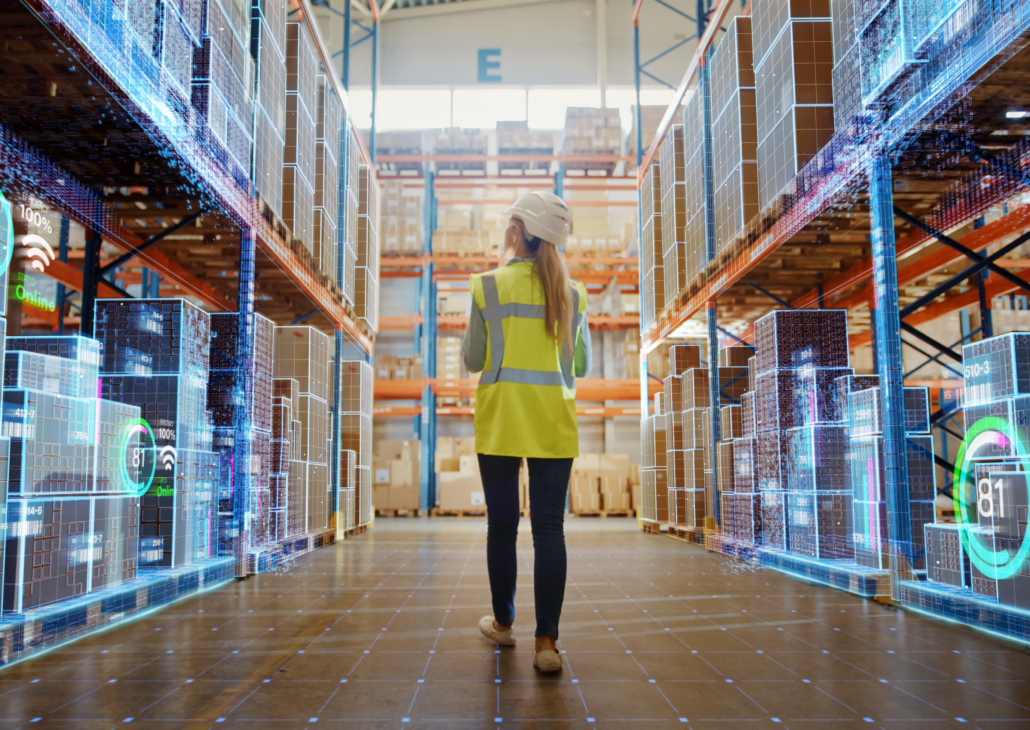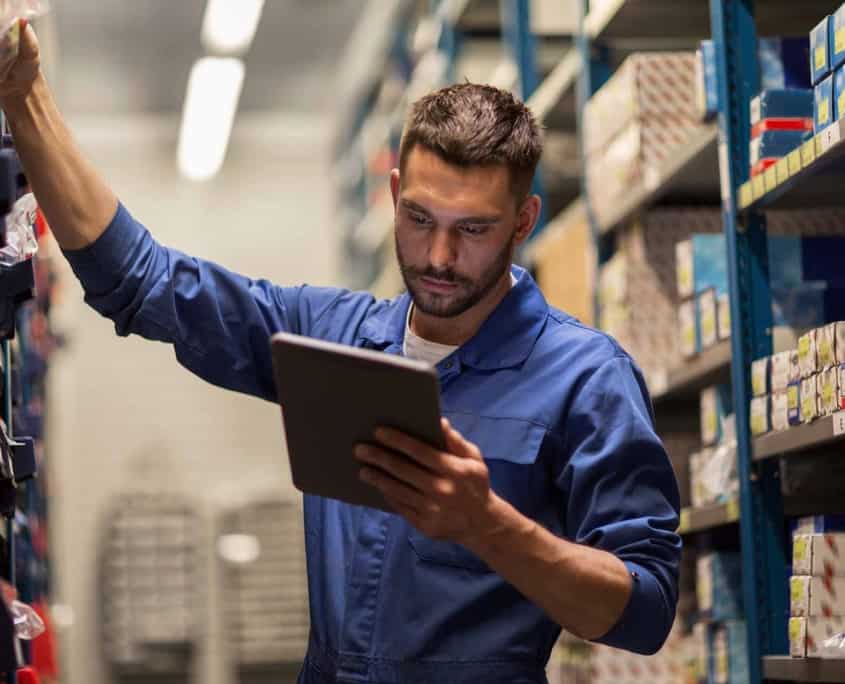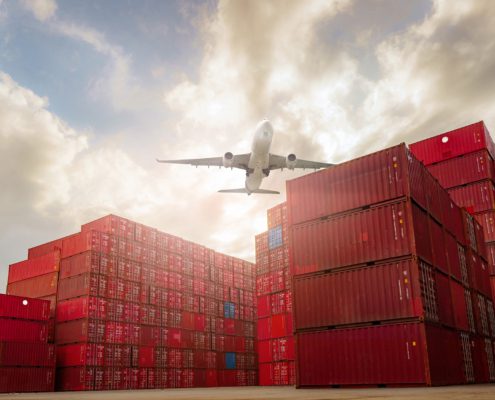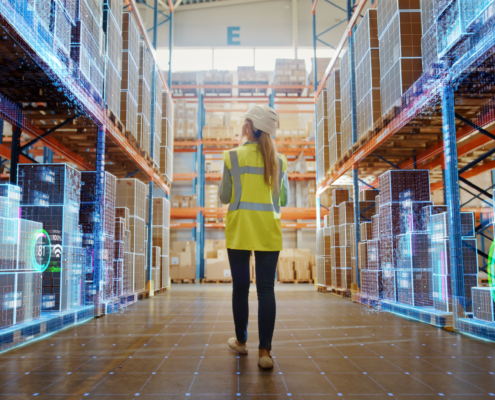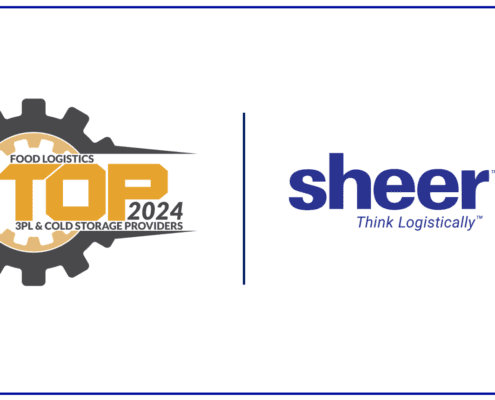
Digital vs. Traditional Supply Chains
When companies implement modern technologies, the impact on their supply chain is nothing short of transformative.
- Visibility and Transparency: Traditional supply chains are notoriously and frustratingly opaque, with stakeholders often operating in silos. With IoT, RTTVP, and predictive analytics, companies gain unprecedented supply chain visibility and transparency, empowering business leaders with the information they need to make informed real-time decisions.
- Speed and Efficiency: Automation, robotics, digital workflows and other advancements accelerate the digital supply chain, making the traditional supply chain appear painfully slow and cumbersome by comparison.
- Flexibility and Agility: Similarly, digitized supply chains are far more flexible, agile, and adaptable to challenges ranging from changing market conditions to cyberattacks and natural disasters. As a result, the digitized supply chain is also a more resilient supply chain.
- Cost and Risk Management: Enhanced visibility in the digital supply chain empowers companies with the data they need to drive improved cost and risk management through inventory and route optimization and management, efficient resource utilization, and scenario planning.
- Sustainability: Traditional supply chains offer business leaders a very limited ability to manage greenhouse gas emissions and achieve sustainability goals, including CO2e reductions. Digital tools help companies monitor, manage, and ultimately reduce their Scope 1, 2, and 3 greenhouse gas emissions.
How to Digitize Your Supply Chain
The benefits of supply chain digitization are clear, but where to begin? While it may seem daunting, companies that follow these steps can revolutionize their supply chains and take control of their logistics operations.
- Evaluate and document the current state of your supply chain, and define clear objectives to guide the digitization and transformation process.
- Develop a roadmap that clearly outlines the process, resources, timelines and milestones for digitization.
- Engage key stakeholders and attain executive buy-in on the goals, costs, and timeline for your digitization initiatives.
- Identify and select key partners, such as 3PLs, 4PLs, and supply chain consultants that can help bring your vision to life. These resources can augment your in-house team and accelerate your digitization process.
- Implement the key technologies, including integration tech, you will need to achieve your supply chain objectives.
- Leverage big data and analytics to gain key insights, spot trends, and optimize business processes and operations.
- Adopt automation and robotics where appropriate to increase efficiency and reduce errors.
- Train employees on new digital tools and technologies to ensure you are maximizing the return on these investments.
- Collect feedback and monitor performance metrics to create an environment of continuous improvement.
- Measure KPIs and adjust as needed; supply chain digitization is a process, not an event.
Sheer Logistics Will Lead Your Supply Chain Digital Transformation
No two supply chains are exactly the same. They may produce similar products, be under similar market pressures, belong to the same industry, and even exist within the same company, but each one is a distinctly different organism from another.
But the patterns between different supply chains are the same—that’s how a logistics consultant like Sheer Logistics can fully optimize every supply chain that exists in a business.
- We analyze how supply chains work for your business.
- We connect your transportation management software to different parts of your business. This means the automatic collection of data is as accurate as it can possibly be, and real-time visibility to shipment information is exactly the same for all stakeholders in the supply chain process.
- Through the latest transportation management technology and decades of logistics experience, we optimize your supply chains.
Optimizing your digital supply chain strategy requires the cooperation of your vendors. The major problem with this is that with different types of systems, TMS programs, and legacy software, it is difficult to have complete parity between them. How do you translate from one to another?
The answer lies in partnering with a logistics provider that makes technology integration a primary focus of your supply chain solutions.
The best digital supply chain networks start with established, enterprise-wide programs. These primary systems include:
- Purchase ordering systems
- Warehouse management systems
- Sales order systems
- Transportation management systems
- Accounting systems
- CRMs
The amount of data these programs generate is astronomical, and we collect it all into a central hub. Then this data is processed and connected. This creates a big picture, and businesses can build processes that orchestrate how these systems talk to gain insight into their business and streamline future innovations and process improvements.
At Sheer, we help our customers meet their logistics challenges, and one very important way we do this is through our SheerExchange platform. We make certain that the data you work with is accurate and up to date, and through SheerExchange, we make the physical transportation of your products congruent with the digital representation of it.
We are a 3PL that combines years of logistics and technology experience with a powerful transportation brokerage that handles domestic and international shipments with ease. We combine everything you would expect out of a solid 3PL but to increase our value, we leverage our own integration program to help customers transform digitally and build flexible, advanced supply chains.
All of our systems combine to help customers move freight, manage data, improve how they get their products from Point A to Point B and ultimately enhance their customer experience. We offer:
- Managed transportation services that include carrier management and logistics optimization.
- Freight brokerage services that take a multi-modal approach to shipping.
- Transportation management software that puts you on the cutting edge of logistics technology.
- Consulting services that give you the insight you need to navigate complex markets, so you make informed expansion decisions.
- International shipping consulting so you can approach cross-border logistics with confidence.
Are you ready to claim your competitive advantage? Reach out to Sheer Logistics today, and let’s start your digital supply chain transformation.
